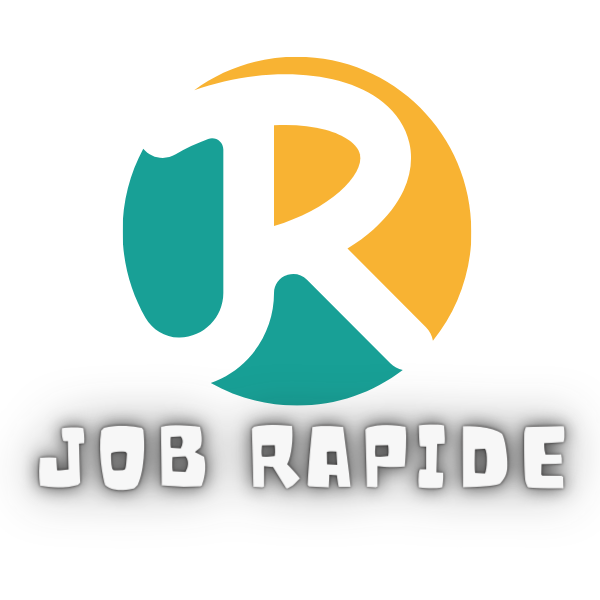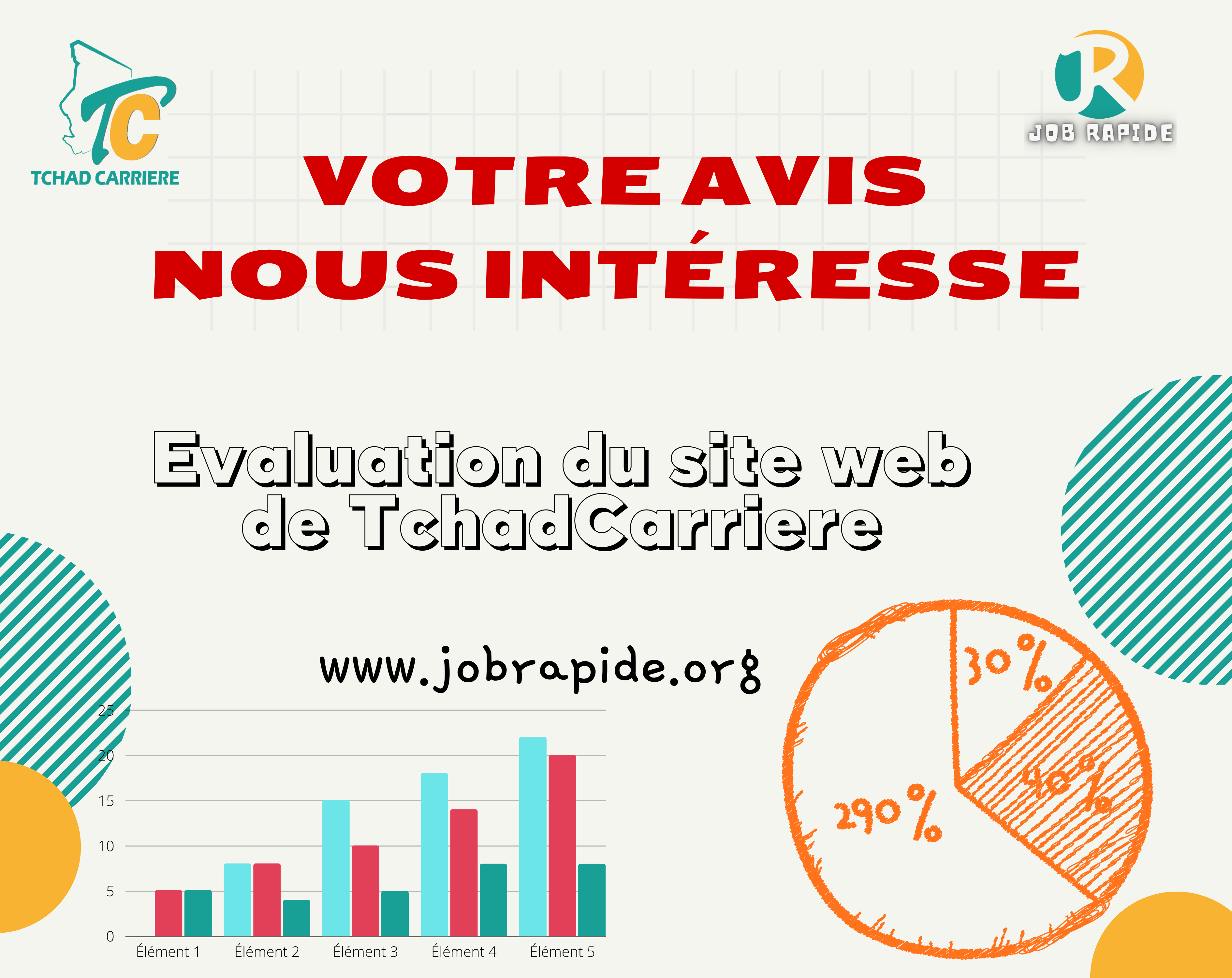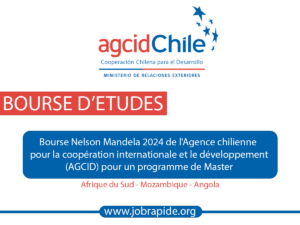Thus, each cost concept provides a somewhat different view of the costs incurred to create products. In other words, prime costs are the direct materials and direct labor costs incurred in the manufacturing process. Prime costs are mainly used to reassure managers about product pricing. The greater the ratio of prime costs over total costs the higher the chance a firm’s product cost accuracy is. This is because manufacturing overhead can’t be directly traced to any one product and must be allocated. Often the allocation of manufacturing overhead is inaccurate or misleading and can result in poor product pricing which leads to decreased profitability and poor decision-making.
Conversion Cost Formula
Conversion costs are the labor and overhead expenses that “convert” raw materials into a completed unit. Each department tracks its conversion costs in order to determine the quantity and cost per unit (see TBD; we discuss this concept in more detail later). Management often uses the cost information generated to set the sales price; to set standard usage data and price for material, labor, and overhead; and to allow management to evaluate the efficiency of production and plan for the future. In such cases, it is time-saving to calculate equivalent units and unit costs by combining direct labor and manufacturing overheads instead of doing separate calculations for the two cost items. We used this formula to calculate conversion costs, but it can also be used to find one of the missing variables, such as direct labor costs or manufacturing overhead costs. From this, we can set our price, fill in our balance sheet, and complete our income statements.
Conversion Costs vs. Prime Costs
In cost accounting, conversion costs are all the costs incurred to convert raw materials into a finished good. Conversion costs include direct labor and manufacturing overhead. Notice that the actual costs of the necessary raw materials are not included in conversion costs. https://www.bookkeeping-reviews.com/business-formation-what-are-some-of-the-advantages/ But we want to focus on what is included in conversion costs, so let’s look into what makes up direct labor costs and manufacturing overhead costs. Manufacturing overhead costs are those manufacturing costs necessary to produce a product, excluding the direct labor costs.
Manufacturing overheads:
Based on the costs provided above, calculate the conversion of Company A. They refer to the worker wage, bonus, workers’ salary, pension fund, and insurance for these workers.
- It is easier to track the materials and conversion costs for one batch and have those costs follow the batch to the next process.
- In such cases, it is time-saving to calculate equivalent units and unit costs by combining direct labor and manufacturing overheads instead of doing separate calculations for the two cost items.
- Management needs to understand its costs in order to set prices, budget for the upcoming year, and evaluate performance.
- These costs are direct materials, direct labor, and manufacturing overhead.
- If we want to know conversion costs per widget for the month, we divide $85,000 by 30,000 and get $2.83 per unit.
Manufacturing overheads used in calculating conversion costs are the overheads that cannot be attributed to the production process or a single unit in production, for example, rent or electricity. Conversion costs are the costs that are incurred by manufacturing companies when converting raw materials into finished goods. Management needs to understand its costs in order to set prices, budget for the upcoming year, and evaluate performance.
Conversion cost is the sum of direct labor and manufacturing overhead costs incurred to turn raw materials into a finished product. Conversion costs are used in the generation of a manufacturing firm’s income statement and balance sheet if process costing is used as well as assist in product pricing. Raw materials are not included in conversion costs but are included https://www.bookkeeping-reviews.com/ in prime costs, which are direct materials and direct labor. The formula for calculating conversion costs is the sum of all direct labor and manufacturing overhead costs. Conversion costs can be used to determine production efficiencies. This is because conversion costs are all the costs it takes to turn the raw materials into the product that you sell.
The conversion of materials into a finished product is what we call “conversion.” It’s an important process that happens at every stage in the manufacturing cycle. The more complex and sophisticated the products become, though the higher this cost can potentially go up. The use of this exporting invoices in bulk to xero ratio in process costing is to calculate the cost for both direct labor and manufacturing overheads. It’s important because it will become the cost of the inventory which will impact the selling price. Conversion costs are direct labor costs combined with manufacturing overhead costs.
Therefore, once the batch of sticks gets to the second process—the packaging department—it already has costs attached to it. In other words, the packaging department receives both the drumsticks and their related costs from the shaping department. For the basic size 5A stick, the packaging department adds material at the beginning of the process. The 5A uses only packaging sleeves as its direct material, while other types may also include nylon, felt, and/or the ingredients for the proprietary handgrip. Direct labor and manufacturing overhead are used to test, weigh, and sound-match the drumsticks into pairs. In the Peep-making process, the direct materials of sugar, corn syrup, gelatin, color, and packaging materials are added at the beginning of steps 1, 2, and 5.
It is the direct labor plus any manufacturing overheads needed to convert raw materials into a finished product. Say we are looking to find Lotsa Fabrication’s conversion costs for a widget. Lotsa Fabrication incurred $30,000 during November in direct labor and related costs. If we want to know conversion costs per widget for the month, we divide $85,000 by 30,000 and get $2.83 per unit. Direct labor costs may seem to be pretty straightforward; however, these costs don’t just include wages.
You want to tally all of the costs that must be paid for the labor needed to actually manufacture a product. Direct labor costs should also include all of the expenses necessary to hire and retain an employee who physically works to turn the raw materials into a product. Thus, conversion costs are all manufacturing costs except for the cost of raw materials. Conversion costs include all direct or indirect production costs incurred on activities that convert raw material to finished goods. The cost of a product is determined by the amount of labor and overhead needed to convert raw materials into finished goods.
























